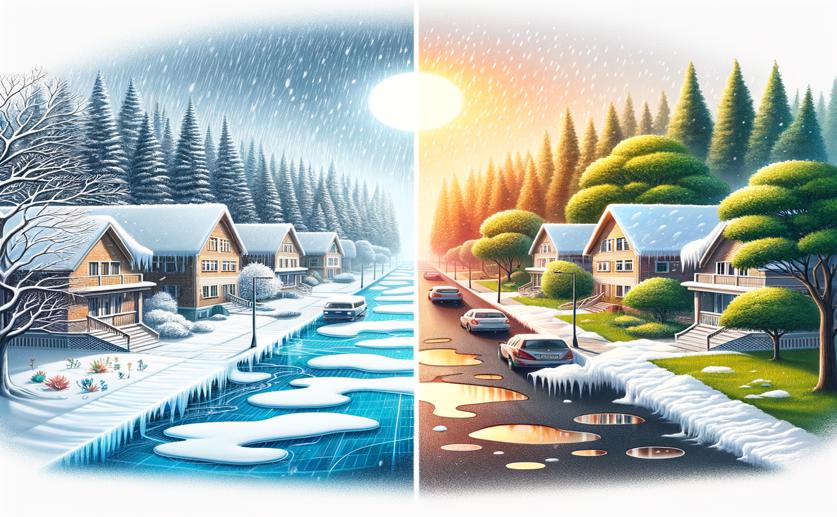
How Land Patterns Affect Neighborhood Air Temperatures in Winter and Summer
Greg Howard
11th August, 2024

Image Source: Natural Science News, 2024
Key Findings
- The study in Santiago, Chile, found that neighborhoods with more vegetation, especially trees and shrubs, had lower air temperatures during summer days
- Built-up areas retained more heat, leading to higher temperatures at night, which worsens the Urban Heat Island (UHI) effect
- Larger, contiguous green spaces were more effective in reducing air temperatures than smaller, fragmented patches
EnvironmentSustainabilityEcology
References
Main Study
1) Effects of landcover fine-scale patterns on neighborhood-level winter and summer nocturnal and diurnal air temperatures
Published 10th August, 2024
https://doi.org/10.1007/s10980-024-01954-5
Related Studies
2) Land use change, urbanization, and change in landscape pattern in a metropolitan area.
3) Soil surface temperatures reveal moderation of the urban heat island effect by trees and shrubs.



 11th July, 2024 | Jim Crocker
11th July, 2024 | Jim Crocker